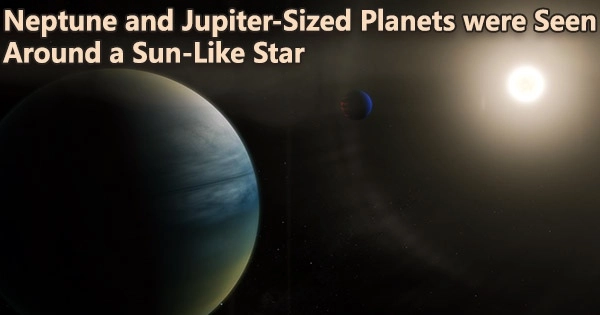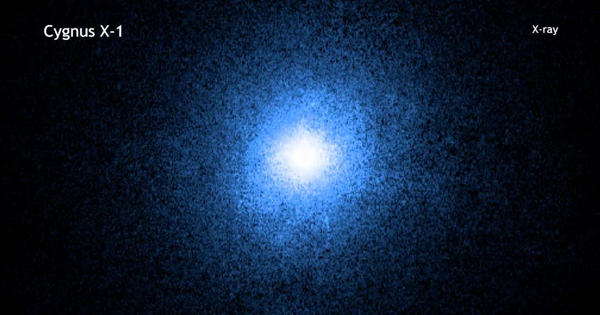A small international team of astronomers has found two planets orbiting a star that is comparable to our sun and bearing strong similarities to Neptune and Jupiter. The group has published their findings on the arXiv pre-print server.
The list of potential conditions that might contribute to the existence of extraterrestrial life has grown longer as the search for it continues. Some have pointed out, for instance, that there are other planets in the solar system besides Earth, including seven that may or may not have contributed to the emergence of life on our planet, as well as an untold number of smaller bodies.
Large planets like Jupiter, whose gravity deflects many minor asteroids, may have had a significant impact on the evolution of life on Earth by shielding the inner planets from collisions with these bodies.
It might have also contributed to the formation of Earth by hurling space pebbles toward the sun, which later turned into the raw material for the planet.
Due of such concepts, some members of the space community are now searching for star systems that mimic our solar system rather than just a single Earth-like planet.
In this new endeavor, the researchers focused on the star HIP 104045, which is about 175 light years away from Earth and contains two planets that are similar to those in our own solar system. One of them is roughly half as massive as Jupiter, while the other is 2.5 times as massive as Neptune.
However, the research team notes that planets like Jupiter are less frequent than planets like Earth, which suggests that it may be sensible to search for star systems with planets like Neptune and Jupiter before determining whether or not they include smaller, Earth-like planets. They also suggest that HIP 104045 is a good place to start.
The star is well-composed, has a similar age to the sun, and is nearly the same size and luminosity.
















